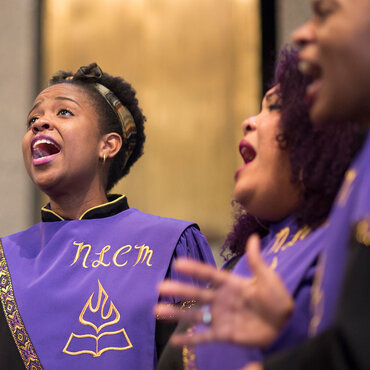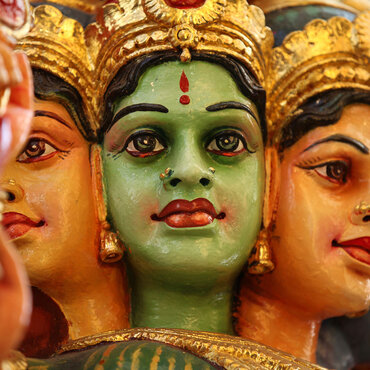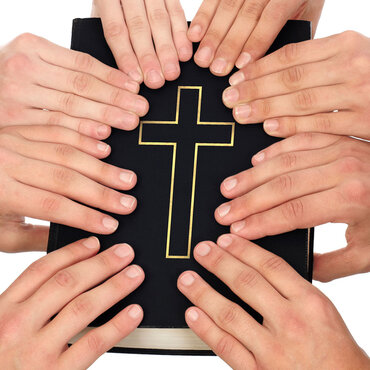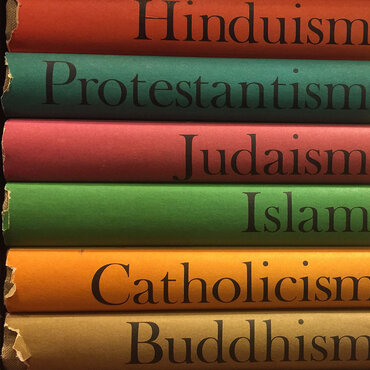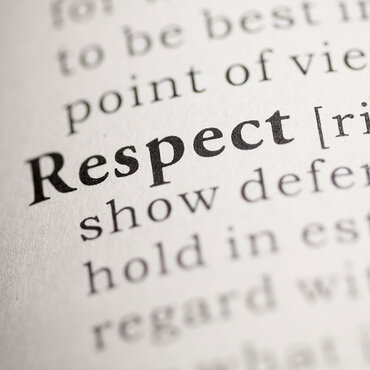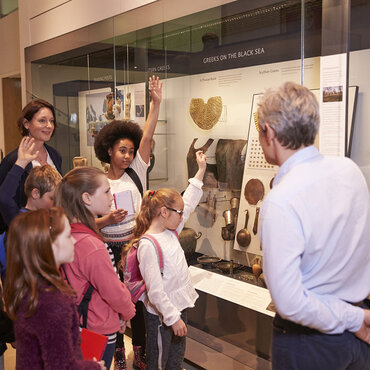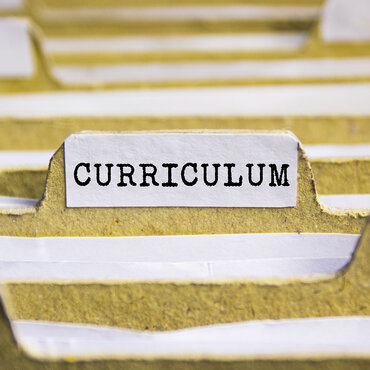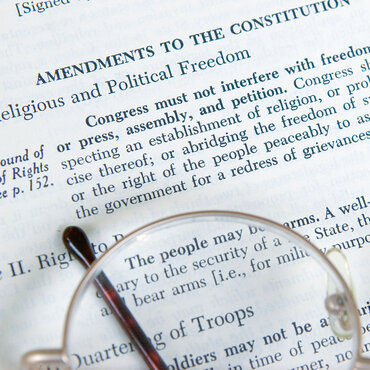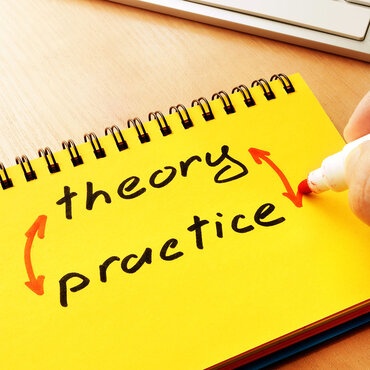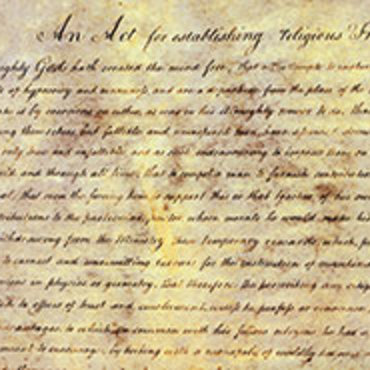
Teaching about Religious Identity
Religion is thought by many to consist only of beliefs and scripture. However, religion encompasses many other aspects of life including behaviors and a sense of belonging. This module explores a more sophisticated framework for understanding religion. This new structure pushes beyond the common assumptions about religions that define them as primarily “belief systems.”
Get even more great free content!
This content contains copyrighted material that requires a free NewseumED account.
Registration is fast, easy, and comes with 100% free access to our vast collection of videos, artifacts, interactive content, and more.
NewseumED is provided as a free educational resource and contains copyrighted material. Registration is required for full access. Signing up is simple and free.
With a free NewseumED account, you can:
- Watch timely and informative videos
- Access expertly crafted lesson plans
- Download an array of classroom resources
- and much more!
- Religious Literacy
- Educator
Benjamin P. Marcus is a fellow and former Religious Literacy Specialist with the Religious Freedom Center of the Freedom Forum Institute, where he examines the intersection of education, religious literacy and identity formation in the United States. He has developed religious literacy programs for public schools, universities, U.S. government organizations, and private foundations in the U.S. and abroad.
Andrew Henry is scholar of religious studies. His research focuses on the religions of the late ancient Mediterranean world, particularly on the material culture of early Christianity. Andrew also has interests in the intersection of social media technology and religious studies pedagogy and is the founder of the educational YouTube channel Religion for Breakfast.
- Identify and critique common understandings of religions as belief systems
- Explain an alternative approach for understanding religions and religious identity
- “What Does it Mean to Be Religious?” by Andrew Henry, Religion for Breakfast
- Explore the U.S. Religious Landscape using the interactive tools from the Pew Forum on Religion in Public Life. To get started, choose one of the Beliefs and Practices at the bottom of the page. As you explore, consider the following questions:
- What connections do you find between particular beliefs and/or practices and other identity markers?
- In what ways do gender/age/class etc., all of which are forms of belonging, affect observance of various beliefs and practices differently?
- How does looking at the data through the lens of different beliefs or practices change your understanding of the traditions in this survey?
- How do your own identity markers affect your approach to religious identity or lack thereof?
- Why is it insufficient to think about religions only as belief systems?
- Given an example of a belief, behavior, or community of belonging associated with a religious tradition that might not be apparent when using a beliefs-focused definition of religion.
- What are the benefits of using this more complex model of religious identity when integrating religion into your curriculum?


